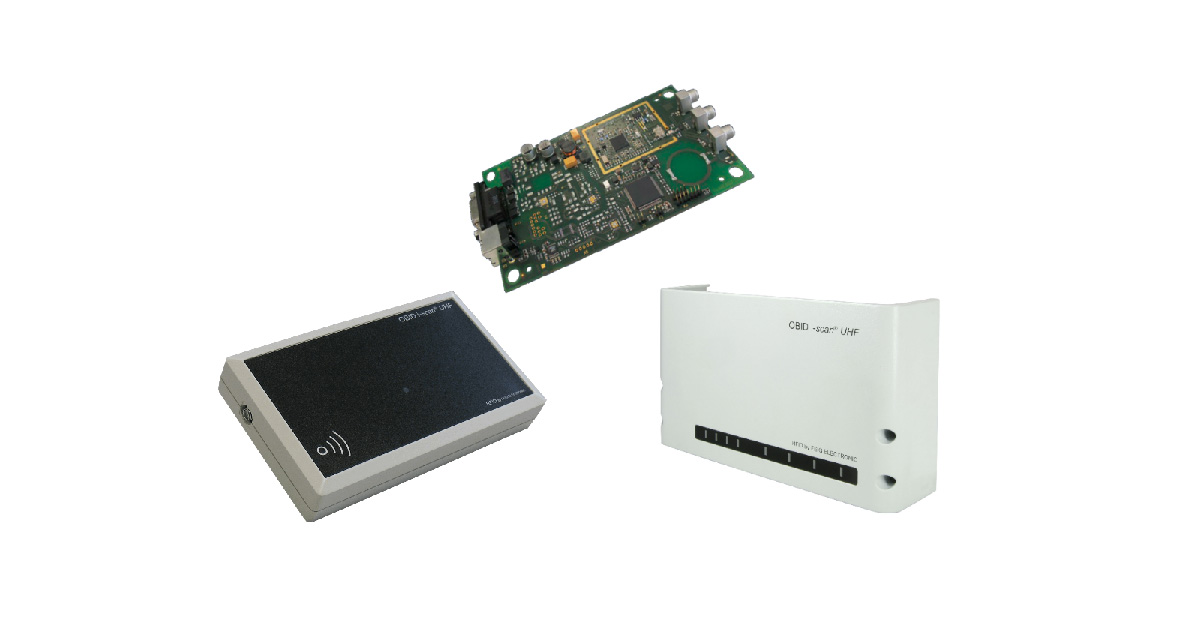
Passive UHF RFID or RAIN RFID has been in use for over a decade now, but until recently the protocol lacked key features that many market segments require. GS1, the management board that oversees global standards related to RFID and Electronic Product Code (EPC) technologies, ratified a new protocol called Gen2v2 in October of 2013. The intent of G2V2 is to solve many of the issues that end users have experienced with UHF RFID tags in terms of functionality and security. Since its release, G2V2 has led to RFID manufacturers developing improved products and upgrading existing technologies to meet the new standards.
There are now a number of tag manufactures that have G2V2 capable chips. The FEIG UHF RFID readers fully support reading of these new G2V2 tags and the reader can even support reading custom commands that tag chip manufactures have created.
New Features Called for by G2V2
In general, there are five important features that UHF RFID tags must possess to meet the new standards. They include:
It’s also important to mention that G2V2 tags are backwards compatible to previous ISO (ISO/IEC 18000-63) and GS1 (EPCglobal Gen 2) standards. Therefore existing RAIN RFID GV1 readers will not have to be replaced to begin reading the new G2V2 tags but won’t be able to take advantage of the new optional commands. However, a firmware update is required to take advantage of new features of G2V2 with FEIG RFID Readers.
NXP’s UCODE DNA Provides Ultimate Security
G2V2 has promoted the advancement of security throughout the entire RFID industry, and developers of chips or integrated circuits (ICs) are striving to provide the most secure technologies possible. NXP, one of the world’s foremost developers in the semiconductor industry, was the first to develop an IC that uses cryptographic authentication. This IC, known as UCODE DNA, supports up to two 128-bit cryptographic authentication keys that provide superior authentication and privacy protection. This level of security and functionality has led to NXP’s recent successful field trial involving vehicle identification in a military application. The cryptographic authentication was found to provide unprecedented security at remarkable distances of up to 12 meters and speeds of up to 150 km/h.
FEIG Readers Fully Support G2V2
FEIG Electronics works closely with NXP to provide RFID hardware that reads UCODE DNA tags as well as any tag that meets the G2V2 standards. Our line of OBID UHF scanners are compatible will all types of G2V2 tags, making them ideal for securely and accurately managing assets in retail, healthcare, automation, supply chain management, vehicle identification and any other application that requires advanced asset tracking using RFID. Contact FEIG today to learn more.